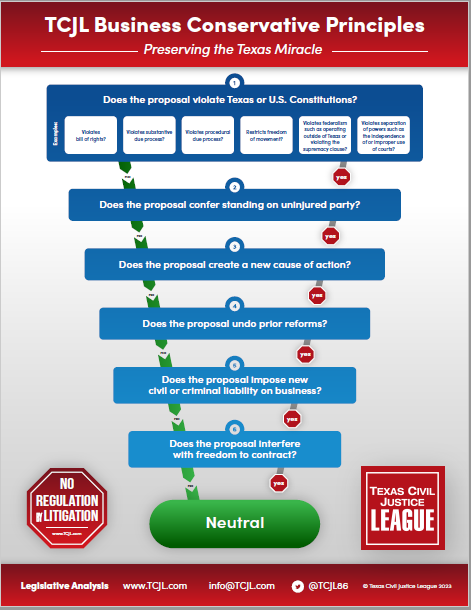 A single attorney from Edinburg is seeking to transfer 78 cases involving weather-related property damage claims to an MDL pretrial court in Hidalgo County.
A single attorney from Edinburg is seeking to transfer 78 cases involving weather-related property damage claims to an MDL pretrial court in Hidalgo County.
The lead case, Manuel Garza and Adriana Garza v. Allstate Vehicle and Property Insurance Company (Cause No. CL-22-3674-H), was filed in County Court at Law No. 8 in Hidalgo County. Most of the sister lawsuits are likewise pending in that county, but others have been filed in Dallas, El Paso, and elsewhere. Plaintiffs assert that Allstate “slip[ed] policy endorsements into policies on renewal,” which resulted in the denial or underpayment of hail and windstorm claims. Allstate contests the motion to transfer “on the grounds that Plaintiffs have not established either factor required for transfer: (1) that the cases meet the standard of being related and (2) that transfer would promote efficiency, convenience, and justice in the cases” under Rule 13, Tex. R. Jud. Admin. 13 and §§ 74.161-.164, Government Code. See In re Allstate Insurance Company Policy Endorsement Litigation (No. 23-0642; Response in Opposition to Motion to Transfer, 1.
Observing that the “allegedly related cases do not involve a single weather event” and occurred years apart, Allstate’s response points out that previous MDL pretrial courts in weather-related claims all involved a specific event. Furthermore, the alleged common fact upon which plaintiff based his motion to transfer (that Allstate reduced coverage without proper notice) is not common at all because “each policy is different—endorsements are policy-specific and unique to each insured.” Accordingly, “[t]he discovery for each is not duplicative, the legal rulings will be unique to each case, and the resources for the judiciary will not be conserved by transfer.” Allstate contends that in each case, it complied fully with § 551.1055, Insurance Code, which requires the insurer to notify the insured in writing of a material change in the policy form offered on renewal. (Plaintiffs seek a declaratory judgment on the statutory violation issue as a prerequisite to their “damage model”). The problem with plaintiffs argument, Allstate contends, is that the court would have to evaluate each claim individually to determine whether a violation has in fact occurred. As Allstate’s response puts it, “[r]esolution of one plaintiff’s declaratory relief claim to ‘realize’ that plaintiff’s damage model will not resolve another plaintiff’s declaratory relief claim.”
One has to admire the ingenuity of plaintiffs’ counsel in attempting to utilize the MDL process for what appear, to some extent, forum-shopping purposes. What remains to be seen is how the MDL panel feels about that use of the process. If Allstate’s response is correct—and it certainly looks that way to us—we doubt the panel will be amused.











